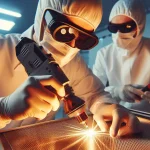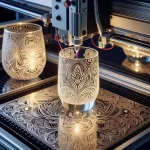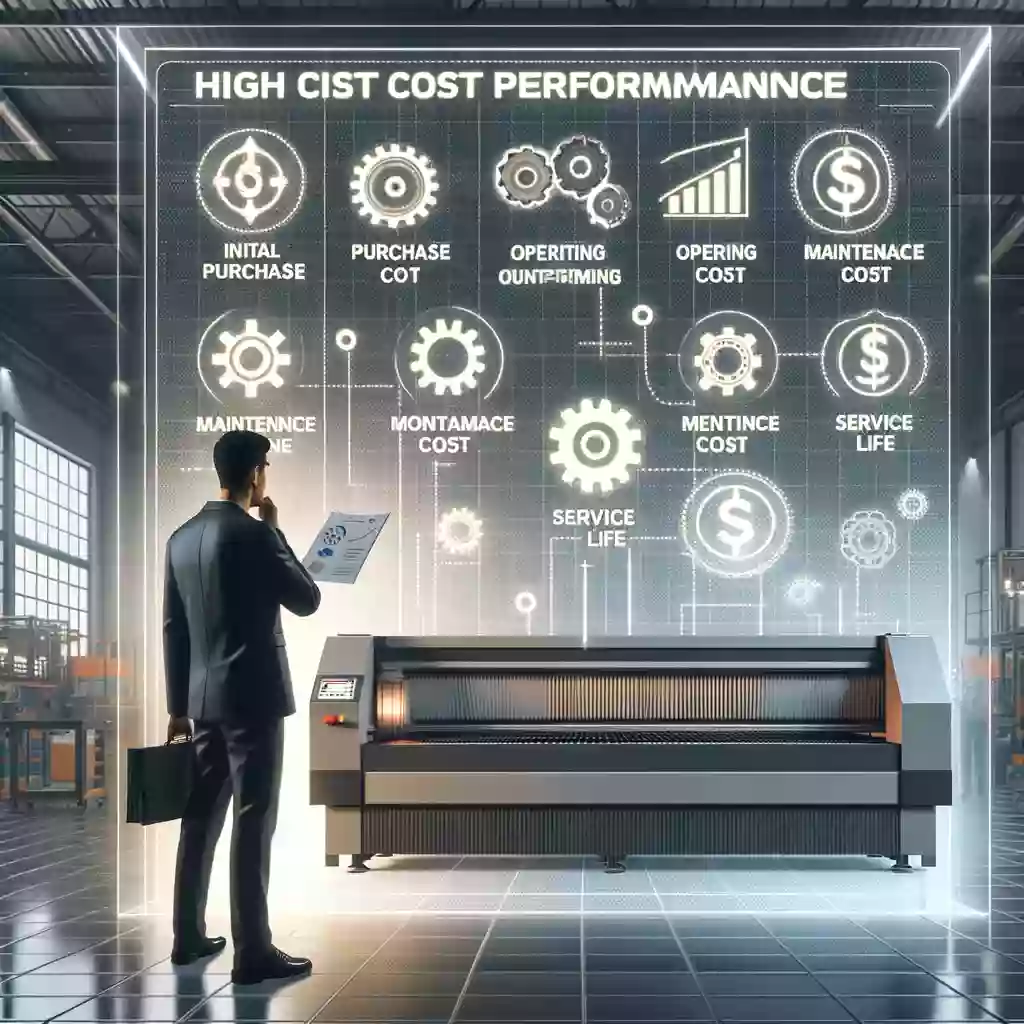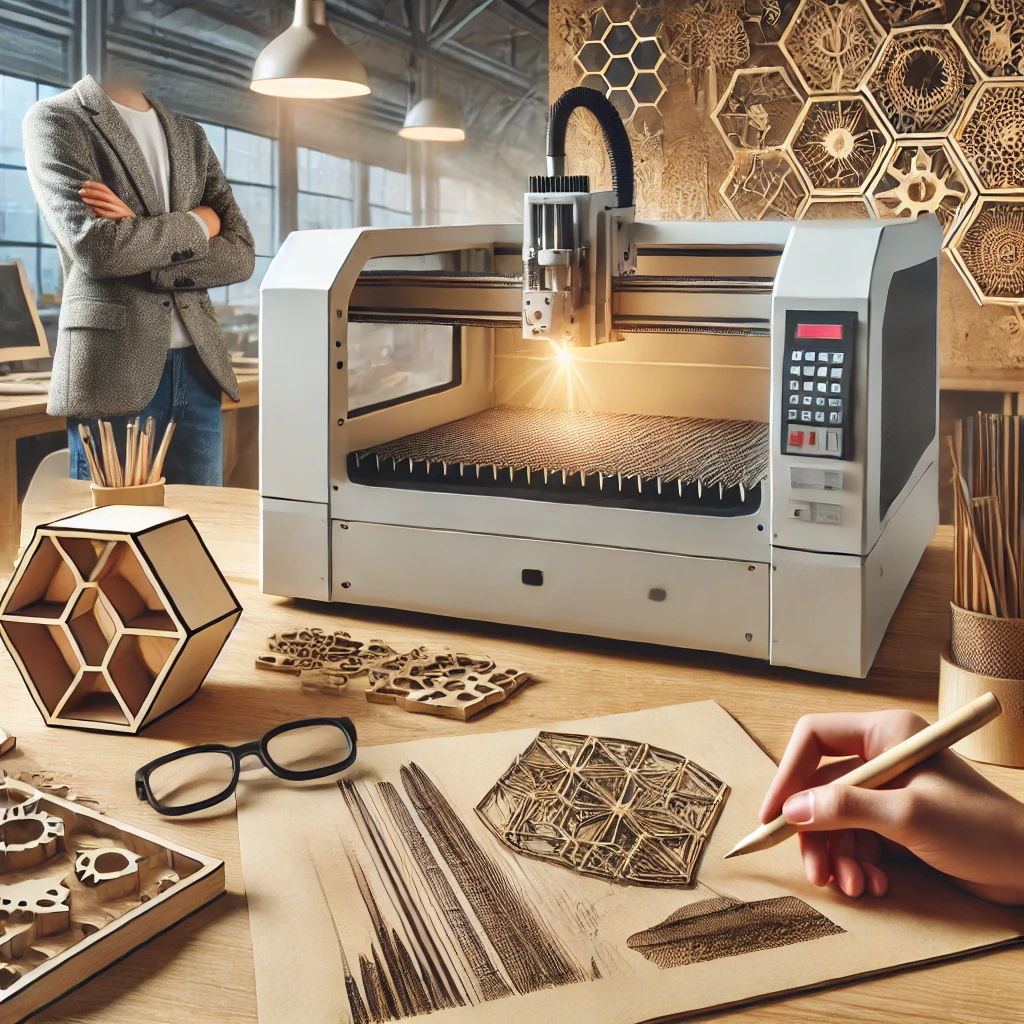The Technological Innovations Powering Laser Engraving Machines
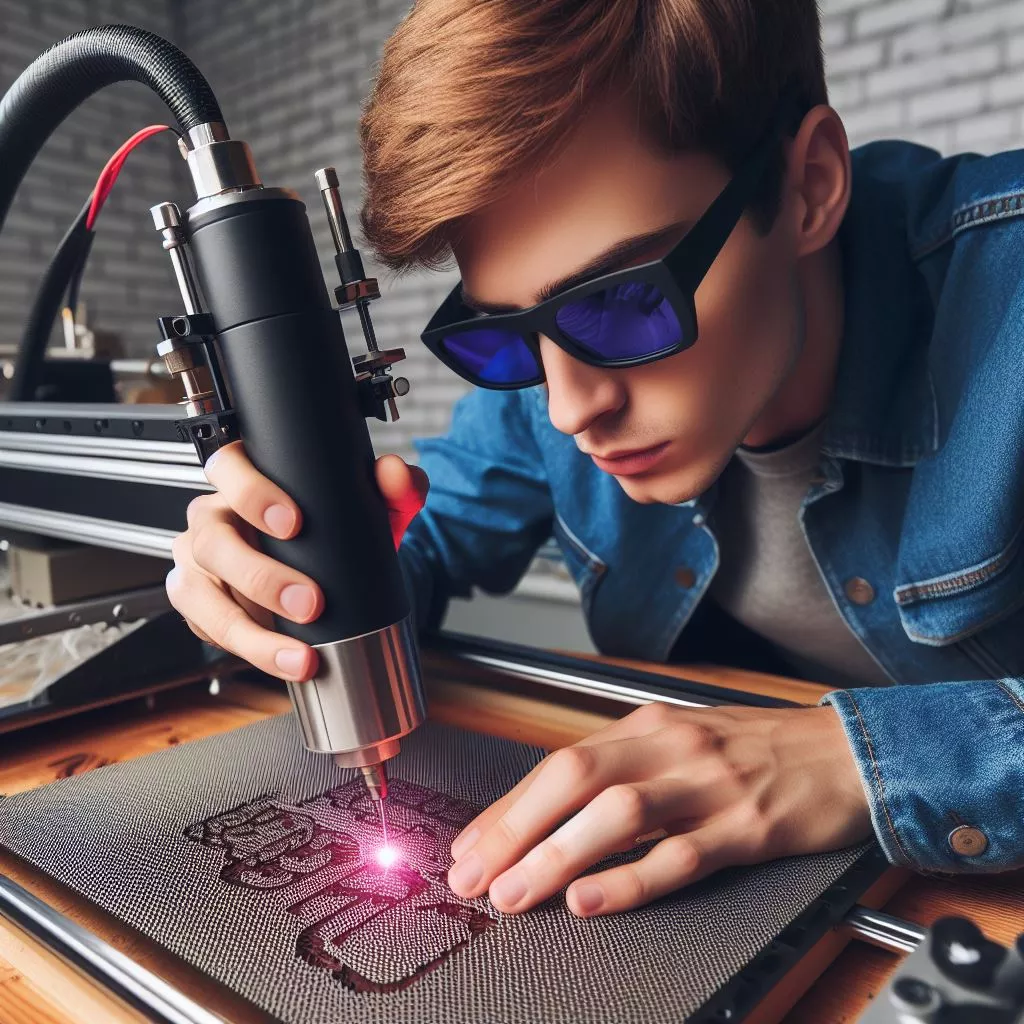
Laser engraving machines have revolutionized the manufacturing, design, and customization industries with their precision and versatility. Behind their seamless operation lie various cutting-edge technologies that enable them to etch intricate designs onto a wide range of materials. This article aims to explore the technological innovations driving laser engraving machines and their diverse applications across industries.
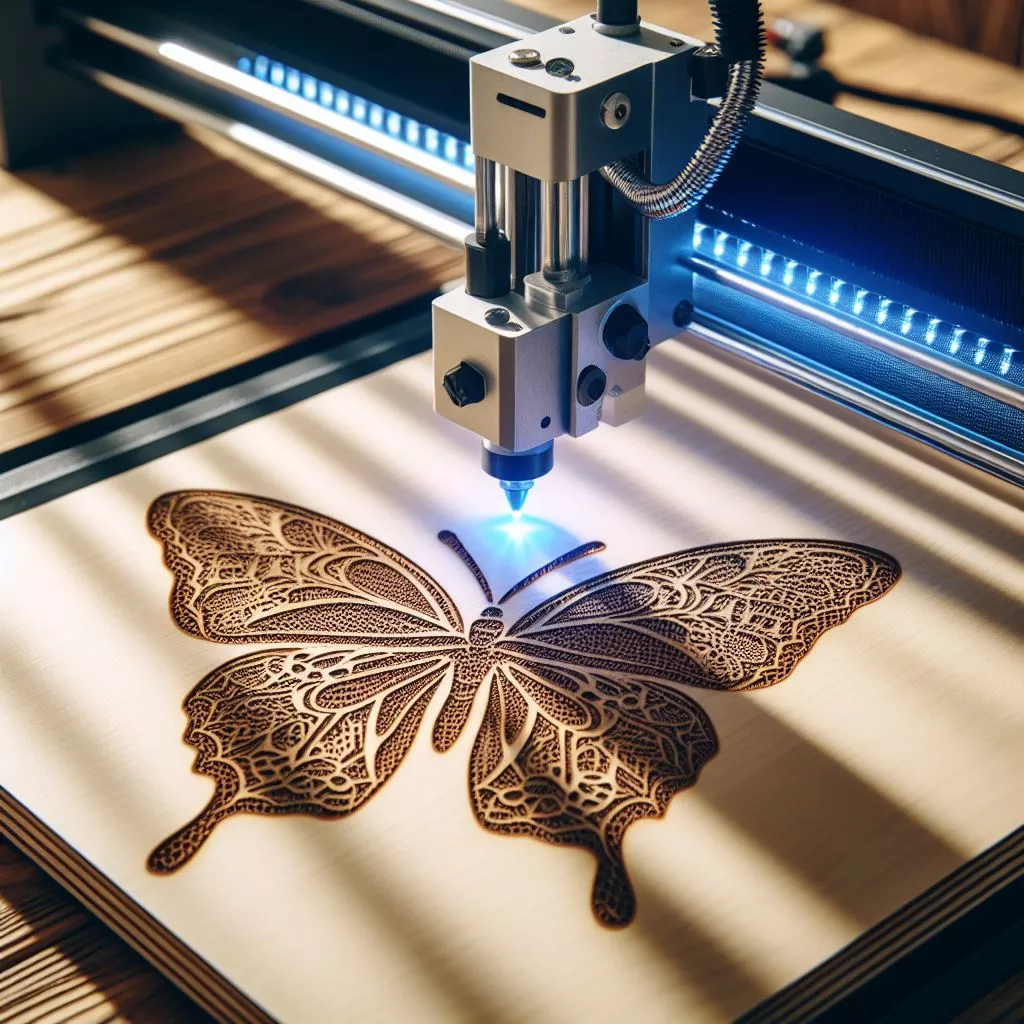
Laser Technology
At the heart of laser engraving machines is the laser technology itself. These machines utilize highly focused laser beams to engrave designs onto surfaces with remarkable precision. The choice of laser source, whether it’s a CO2 laser or a fiber laser, depends on the specific material being engraved and the desired outcome. CO2 lasers are commonly used for organic materials like wood and plastic, while fiber lasers are preferred for metals due to their higher intensity and absorption rate.
Computer Numerical Control (CNC)
The CNC system is another crucial technology incorporated into laser engraving machines. It provides precise control over the movement of the laser beam, allowing for the accurate replication of intricate designs. Through computer-aided design (CAD) software, users can create and customize designs, which are then translated into precise movements of the laser beam by the CNC system. This technology ensures consistency and repeatability in the engraving process.
Mirrors and Lenses
Mirrors and lenses are essential components in directing and focusing the laser beam onto the material surface. These optical components play a critical role in controlling the beam’s trajectory and intensity, ensuring that it achieves the desired engraving depth and detail. Advanced mirror and lens systems enable laser engraving machines to produce highly intricate and precise designs, even on challenging materials.
Rotary Attachments
For engraving cylindrical objects like bottles, pens, or cylinders, laser engraving machines often incorporate rotary attachments. These attachments rotate the object while the laser beam remains stationary, allowing for uniform engraving around the circumference of the object. This technology expands the versatility of laser engraving machines, enabling them to tackle a wider range of applications in industries such as beverage packaging, personalization, and more.
Autofocus Systems
Autofocus systems are a recent innovation in laser engraving technology that enhances the accuracy and efficiency of the engraving process. These systems automatically adjust the focal length of the laser beam based on the material’s surface, ensuring consistent engraving depth across uneven surfaces. Autofocus technology reduces setup time and minimizes errors, making laser engraving machines more user-friendly and productive.
Vision Systems and Optical Recognition
Some advanced laser engraving machines are equipped with vision systems and optical recognition technology. These systems use cameras and image processing algorithms to identify and align the engraving with pre-defined patterns or marks on the material surface. This technology is particularly useful for precise positioning and alignment of designs, especially in applications requiring high accuracy and repeatability.
Environmental Control Systems
Environmental control systems, such as fume extractors and air filtration systems, are essential for maintaining a safe and clean working environment when operating laser engraving machines. These systems remove hazardous fumes, smoke, and particulates generated during the engraving process, ensuring the safety of operators and preventing contamination of the workpiece. Environmental control technology contributes to the overall efficiency and sustainability of laser engraving operations.
Conclusion
In conclusion, laser engraving machines leverage a range of advanced technologies to achieve precise, versatile, and efficient engraving capabilities. From laser technology and CNC systems to mirrors, lenses, and innovative attachments, these machines incorporate cutting-edge components to deliver high-quality results across various applications. As technology continues to advance, we can expect further innovations in laser engraving machines, expanding their capabilities and opening up new possibilities for customization, design, and manufacturing industries.

